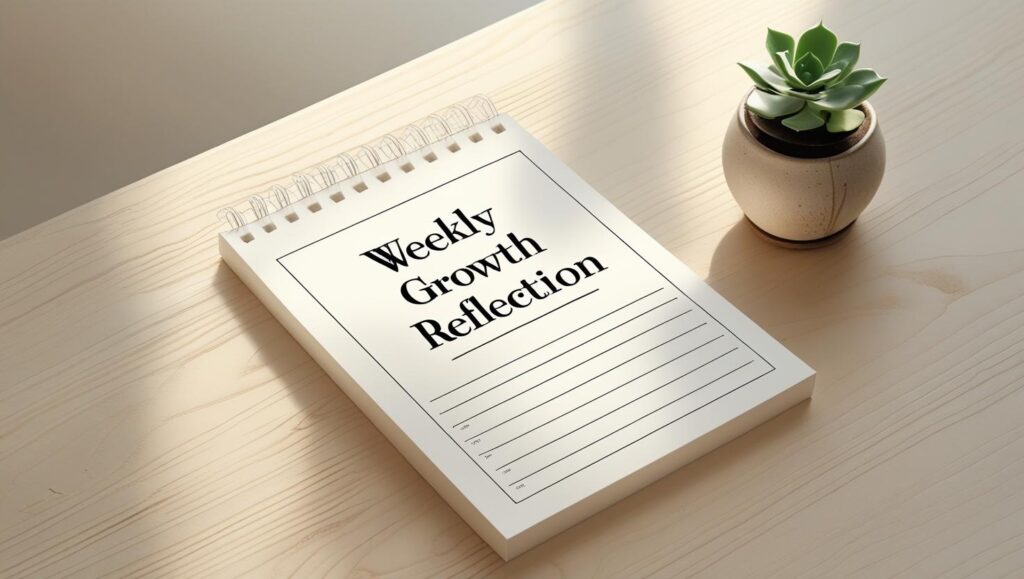In the world of personal development, few concepts are as foundational—and transformative—as the idea of a fixed vs growth mindset. Coined by psychologist Carol Dweck, this simple yet powerful framework can quietly dictate how you learn, perform, and recover from failure.
But here’s the thing: this isn’t just about self-help jargon or academic theory. The fixed vs growth mindset plays out in your daily decisions, relationships, and even the way you deal with time, energy, and discomfort.
Let’s dive deeper into how this shift plays out in daily life—and why small mindset adjustments can create massive momentum.
What is a Fixed vs Growth Mindset?
To understand how your mindset shapes your life, we need to define the two ends of the spectrum.
- Fixed Mindset: Believes that traits like intelligence, creativity, or talent are static and unchangeable. Failure is seen as a reflection of identity.
- Growth Mindset: Believes that abilities can be developed with effort, learning, and feedback. Failure is seen as an opportunity for improvement.
The truth about fixed vs growth mindset is that no one operates entirely from one or the other—we all shift between the two. The key is recognizing when you’re falling into a fixed mindset and consciously choosing to grow.
1. Daily Productivity: “I’m Just Not a Morning Person”

This phrase is a classic fixed mindset trap. You’ve probably said it or heard it from someone.
🧠 Fixed Mindset: “I’m not productive in the morning. That’s just how I am.”
💡 Growth Mindset: “I haven’t found the right morning routine yet, but I can train myself to adapt.”
This doesn’t mean you need a 5 AM miracle routine, but it highlights how viewing your habits through the lens of a fixed vs growth mindset can shift your perspective. Instead of labeling yourself, you start getting curious and experimenting.
💬 Try This Shift: Swap “I can’t focus” with “I haven’t figured out how to focus yet.”
2. Relationships: Taking Feedback Personally

In both work and personal relationships, feedback can trigger defensiveness. That’s often a fixed mindset reaction.
🧠 Fixed: “They’re criticizing me because I’m not good enough.”
💡 Growth: “This feedback can help me grow—even if it stings right now.”
In the fixed vs growth mindset framework, those leaning toward growth invite constructive criticism and separate performance from self-worth. It’s a subtle shift—but one that can transform how you grow and connect.
3. Learning New Skills: The “I’m Too Old” Myth

Let’s say you want to learn graphic design, coding, or even a new language. Your fixed mindset might whisper, “You should’ve started years ago.”
But here’s the thing: everyone starts somewhere. Skill-building is a marathon, not a switch.
💡 Growth Reframe: “It’s not too late. I can start small and learn as I go.”
Every expert you admire was once a beginner. The fixed vs growth mindset conversation applies directly to how we approach learning at any stage.
4. Fear of Failure: Avoiding Risks
The fixed mindset tells us failure is embarrassing and should be avoided. So we procrastinate, overthink, or don’t start at all.
But the growth mindset reframes failure as part of the process.
💡 Adopt This View: “If I fail, I’ll learn something I wouldn’t have by staying safe.”
This is particularly powerful for entrepreneurs, creatives, and students. Risk becomes a playground—not a death sentence.
5. Self-Talk: Identity Statements vs Process Statements
How we speak to ourselves matters.
🚫 Fixed Mindset: “I’m bad at math.”
✅ Growth Mindset: “I haven’t mastered math yet.”
That little word—yet—carries incredible psychological weight. It shifts your brain into problem-solving mode rather than defeat.
In daily life, swapping identity-based labels with effort-based reflections reinforces the growth mindset muscle.
6. Goal-Setting: Outcome vs Process Focus
People with a fixed mindset tend to focus on results: “Did I win?” “Did I succeed?”
People with a growth mindset focus on effort and learning: “What did I learn?” “Did I improve?”
💡 Pro Tip: Set goals based on input, not just outcome. For example, commit to “write for 20 minutes daily” instead of “publish a bestseller.”
It’s more sustainable—and often more effective.
7. Emotional Resilience: Bouncing Back vs Shutting Down
In hard times, mindset shows up most clearly.
🧠 Fixed: “This always happens to me. I can’t handle this.”
💡 Growth: “This is hard, but I can learn from it and come out stronger.”
Life doesn’t get easier. But your inner response does.
In the fixed vs growth mindset approach, building emotional resilience isn’t about avoiding pain—it’s about learning to interpret challenges as opportunities for growth.
How to Shift Your Mindset in Daily Life
Shifting from a fixed to a growth mindset isn’t a one-time event. It’s a practice.
Here are daily micro-habits to rewire your perspective:
- Use “yet” in self-talk.
- Celebrate effort, not just results.
- Notice triggers that make you feel stuck.
- Write a weekly reflection: “Where did I grow this week?” Read more at how to do a personal self audit.
- Surround yourself with people who embrace learning and change.
It’s about making space for possibility—especially when it feels hard.
Final Thoughts

The debate of fixed vs growth mindset isn’t abstract—it shows up in your morning routine, your reaction to failure, your willingness to learn, and your resilience in setbacks.
These aren’t just mindset theories. They’re blueprints for showing up better in daily life.
The good news? You don’t need to transform overnight. Every small mental shift compounds build momentum through small habits.
And in that compounding, growth lives.
